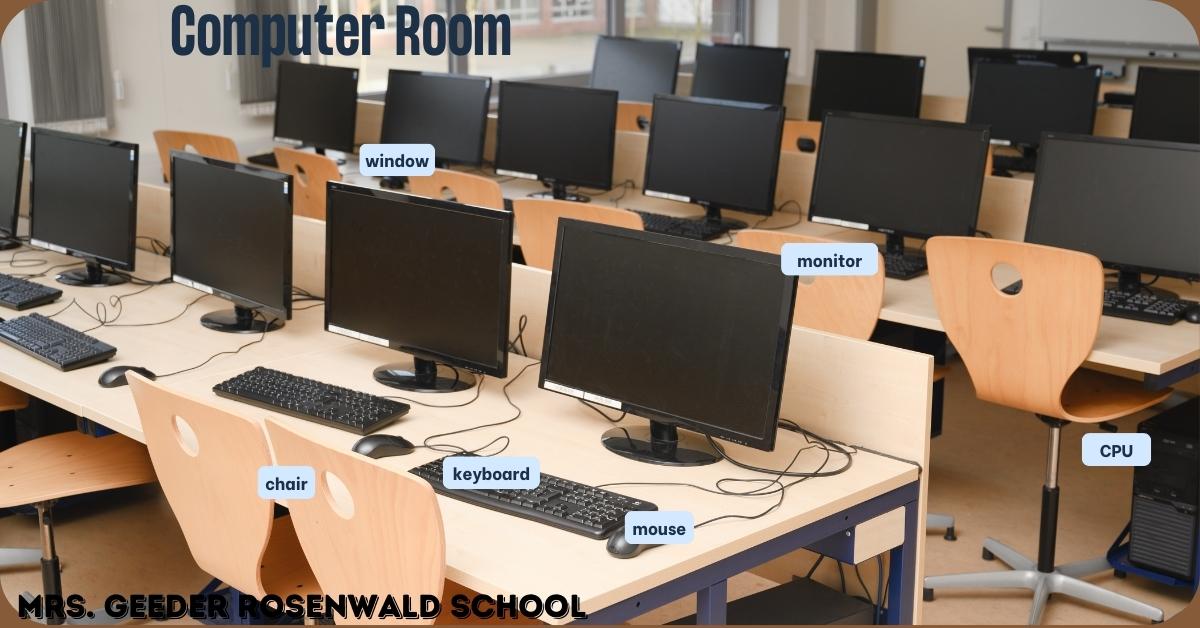The Mrs. Geeder Rosenwald School represent a significant era in American education history. Created primarily to offer better education to African American children during the era of segregation, these schools were a collaborative effort between Julius Rosenwald, a philanthropist and then-president of Sears, Roebuck and Co., and Booker T. Washington of the Tuskegee Institute. Their mission was simple but transformative: to provide equitable educational opportunities for Black children across the segregated South.
Historical Context and Purpose
The early 20th century was marked by racial segregation, especially in Southern states. African American communities faced severe educational disparities, including limited school funding, inadequate facilities, and a lack of qualified teachers. Julius Rosenwald and Booker T. Washington sought to bridge this gap through the Rosenwald Fund, which financed the construction of nearly 5,000 schools, shops, and teacher homes between 1912 and 1932. The schools were designed with community involvement, often requiring local contributions of funds, materials, or labor, creating a sense of pride and collective responsibility.
Mrs. Geeder’s Role in the Rosenwald Movement
Among the numerous Rosenwald Schools built, Mrs. Geeder Rosenwald School stands out as a symbol of dedication and community effort. While detailed historical records specific to Mrs. Geeder may be limited, her name signifies a local connection, possibly a community leader or an advocate whose influence helped establish and maintain such a school. This underscores the broader theme of community-driven education reform in partnership with philanthropic initiatives.
Architectural Design and Innovation
Mrs. Geeder Rosenwald School had distinct architectural designs intended to maximize natural light and provide an optimal learning environment. These structures were built to reflect the highest standards of educational architecture at the time. Typically featuring large windows, simple wooden frames, and spacious classrooms, the design embodied functionality and adaptability, making them efficient even in rural areas.
Community Impact and Involvement
The construction and operation of schools like the Mrs. Geeder Rosenwald School highlighted the strong spirit of local communities. African American parents, teachers, and students came together to contribute labor, resources, and unwavering support for their educational facilities. These schools became not only centers for learning but also vital hubs for social and civic engagement. Through various programs, the schools fostered a sense of unity and purpose, empowering generations of African Americans.
Educational Advancements for African Americans
The Rosenwald initiative directly led to significant improvements in literacy and educational attainment among Black children. By providing quality education and hiring dedicated teachers, these schools played a pivotal role in breaking the cycle of illiteracy and poverty that plagued many Southern Black communities. The impact of this educational revolution was felt for decades, shaping leaders, educators, and professionals who would later drive civil rights progress.
Challenges and Segregation Policies
Despite their successes, Rosenwald Schools, including the Mrs. Geeder Rosenwald School, operated within a segregated and oppressive system. Many students faced harsh conditions, from long walks to school in all weather to a lack of basic resources. Teachers, though often underpaid, displayed immense dedication, going above and beyond to ensure students received a solid education. The Rosenwald Fund’s support was crucial, but it could not fully shield these schools from the broader challenges of systemic racism and inequality.
Legacy and Preservation Efforts
Today, the legacy of Rosenwald Schools like Mrs. Geeder’s lives on through preservation efforts by various historical societies and community groups. Recognizing their cultural and historical significance, these organizations strive to restore and repurpose surviving buildings. Many are now museums, community centers, or historical landmarks, serving as poignant reminders of the resilience and determination of African American communities.
Influence on Modern Education
The story of Rosenwald Schools has left a lasting imprint on modern education. The principles of community engagement, equitable funding, and accessible education have inspired contemporary movements advocating for educational equity. These schools serve as powerful examples of what can be achieved when communities work collectively to overcome adversity and discrimination.
Personal Stories and Narratives
Many individuals who attended Rosenwald Schools have shared powerful personal accounts of their experiences. These stories often highlight the dedication of teachers, the friendships formed, and the challenges overcome. For many alumni, schools like Mrs. Geeder’s were transformative, providing hope, opportunity, and a pathway out of poverty. These personal narratives add a deeply human dimension to the historical legacy of the Rosenwald initiative.
Preserving History Through Documentation
Efforts to document and preserve the history of Rosenwald Schools are ongoing. Scholars, historians, and descendants of those who attended or worked at these schools are compiling oral histories, photographs, and other artifacts to ensure that future generations understand their importance. Mrs. Geeder Rosenwald School is a part of this rich tapestry, deserving recognition and remembrance for its role in advancing educational justice.
Modern Interpretations and Challenges
As society continues to grapple with issues of educational inequality, the lessons of Rosenwald Schools remain relevant. They remind us of the power of collaborative efforts to effect positive change. However, challenges persist, particularly in historically underserved communities. The work that began with Rosenwald Schools serves as a call to action for ongoing reform and investment in education.
Role of Women in Rosenwald Schools
Women played critical roles in the operation and success of Rosenwald Schools. Teachers, mothers, and local leaders like Mrs. Geeder exemplified the strength, resilience, and commitment of Black women to their communities. They organized fundraising events, supported teachers, and often served as advocates for better educational standards.
Honoring the Contributions of Educators
Teachers at Mrs. Geeder Rosenwald School were often pillars of their communities, sacrificing much to provide quality education. The dedication of educators at Mrs. Geeder Rosenwald School stands as a testament to their commitment to their students’ success. By highlighting their contributions, we honor the legacy of all those who worked tirelessly for educational equality.
Conclusion
The story of Mrs. Geeder Rosenwald School is a narrative of resilience, community strength, and the pursuit of educational equity. This school, like others in the Rosenwald network, played a critical role in shaping the lives and futures of countless African Americans. Preserving their history reminds us of the ongoing struggle for equal access to education and the transformative power of community-driven change.
FAQs
What was the purpose of Rosenwald School?
Rosenwald Schools aimed to improve educational opportunities for African American children during segregation, offering quality facilities and instruction in partnership with local communities.
Who was Mrs. Geeder?
While specific historical details on Mrs. Geeder may be limited, she likely played a role as a community leader or supporter associated with the Mrs. Geeder Rosenwald School bearing her name.
How were Mrs. Geeder Rosenwald School funded?
These schools were funded through a combination of contributions from the Rosenwald Fund, community support, and public funding, emphasizing local involvement.
Are any Mrs. Geeder Rosenwald School still standing today?
Yes, many Rosenwald Schools have been preserved as historical sites, museums, or community centers to commemorate their historical significance.
What challenges did students and teachers face at these schools?
Students and teachers often contended with inadequate resources, long commutes, and systemic discrimination. Despite this, their dedication led to significant educational advancements.





